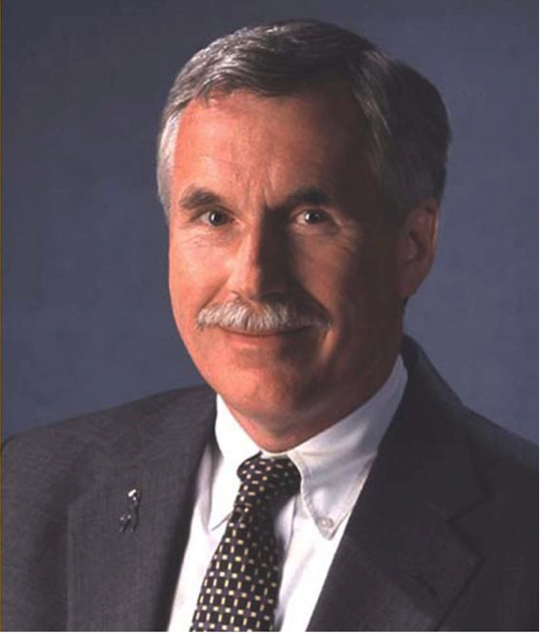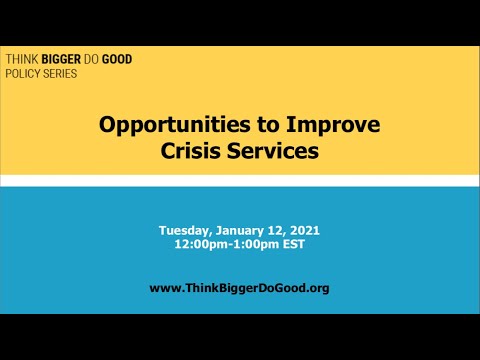1 The Problem
The National Alliance on Mental Illness defines mental health crisis as a “situation in which a person’s behavior puts them at risk of hurting themselves or others and/or prevents them from being able to care for themselves or function effectively” (1). Although finding accessible and effective care is imperative when a health condition is urgent, no organized system for urgent or crisis mental health care exists in the United States. The consequences are profound: distress for people in crisis and their families; overreliance on law enforcement and hospital emergency departments, which are both poorly suited for and burdened by the problem; high and increasing rates of suicide; costly overuse of scarce psychiatric inpatient care; and rare but tragic acts of violence by and especially upon individuals in psychiatric distress (2). The end results of these maladaptive patterns of care are death, neglect, and high personal and societal costs. The absence of a national approach to mental health crisis care is partly a consequence of inadequate mental health care in general and is exacerbated by divisions in responsibility between states and the federal government.
2 Components of the Solution
To achieve optimal results an organized system of crisis care is needed on a state or regional basis. Elements in the system recommended by the task force included regional or statewide call centers, mobile crisis teams, and crisis care facilities (3,4).
- Regional or statewide call centers should be part of the National Suicide Prevention Lifeline (NSPL) and serve as hubs for coordinating crisis care, using technology, which is now ubiquitous, to link people in crisis with services and to monitor access and quality by using real-time trackingof service capacities.
- Mobile crisis teams include a licensed therapist and a non- clinician (e.g., psychiatric technician or peer specialist) and are dispatched centrally by the regional call center.
- Crisis care facilities a 24/7 coordinating hub, which is necessary for the system to function efficiently and accountably, and crisis facilities, especially those that provide high-urgency brief assessment and stabilization and that operate in partnership with trained police teams to provide easy access for treatment and diversion from the criminal justice system.
3 Federal Policy Recommendations
#1 Congress Must Play a Central Coordinating Role
Congress should help advance the new mission of mental health crisis lines, playing a central coordinating role in the crisis care continuum. Specifically, as Congress moves to support the landmark Federal Communications Commission action to implement a nationwide 3-digit number (988) for the NSPL, it should authorize and appropriate sufficient funds to enable the development of a crisis coordination system also accessed by dialing 988.
#3 Enact a 5% Mental Health Block Grant Set-Aside
The 2021 federal budget should include a 5% Mental Health Block Grant (MHBG) set-aside, totaling $35 million. The program should focus on state implementation of modern crisis care services and be guided by SAMHSA to expand upon the 21st Century Cures Act authorization described above.
#4 Expand Funding for Research and Evaluation
Funding for research and evaluation of mental health crisis services should be expanded. These efforts should be aimed at moving toward consensus on best practices across settings to inform clinical practice as well as accountability and accreditation mechanisms. Development of quality measures for crisis care is also needed to improve accountability (e.g., by regional health authorities and payers) and facilitate accreditation.
4 State Policy Recommendations
#5 States and Counties Should Pursue Additional Payment Mechanisms
States and counties should pursue additional payment mechanisms for mental health crisis services. Medicaid agencies in particular should conduct cost analyses to examine the potential savings of increasing reimbursement rates for crisis services to incentivize care in less acute and costly settings, including as a part of value-based payment models.
5 Conclusion
The steps taken thus far have been necessary, although not sufficient, to address the urgent problems of suicide and to create alternatives to the reliance on law enforcement as the mental health crisis system (with the resultant criminalization of mental illness) and the use of emergency departments to hold people in psychiatric distress. The window of opportunity for advancing mental health crisis services seems to have opened wide. Now is the time to act.



